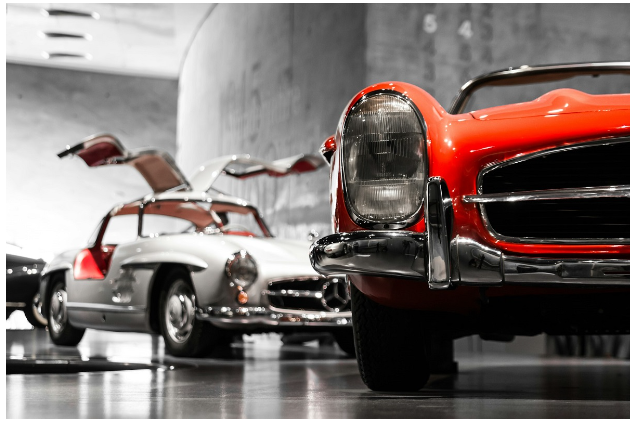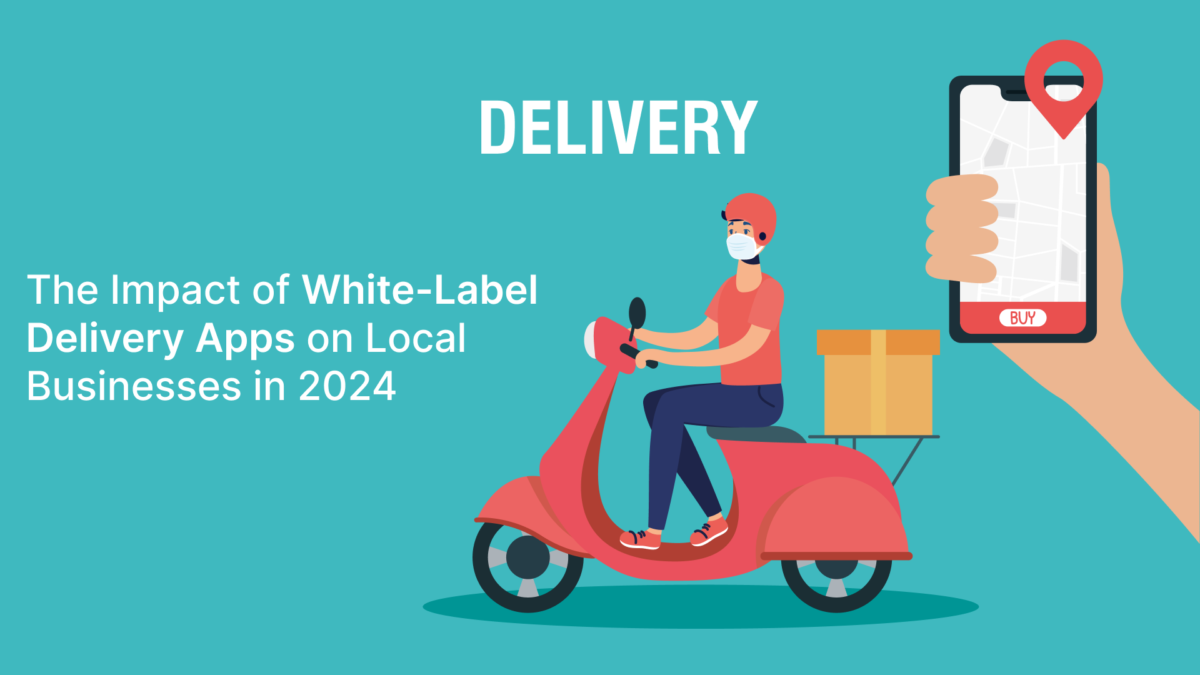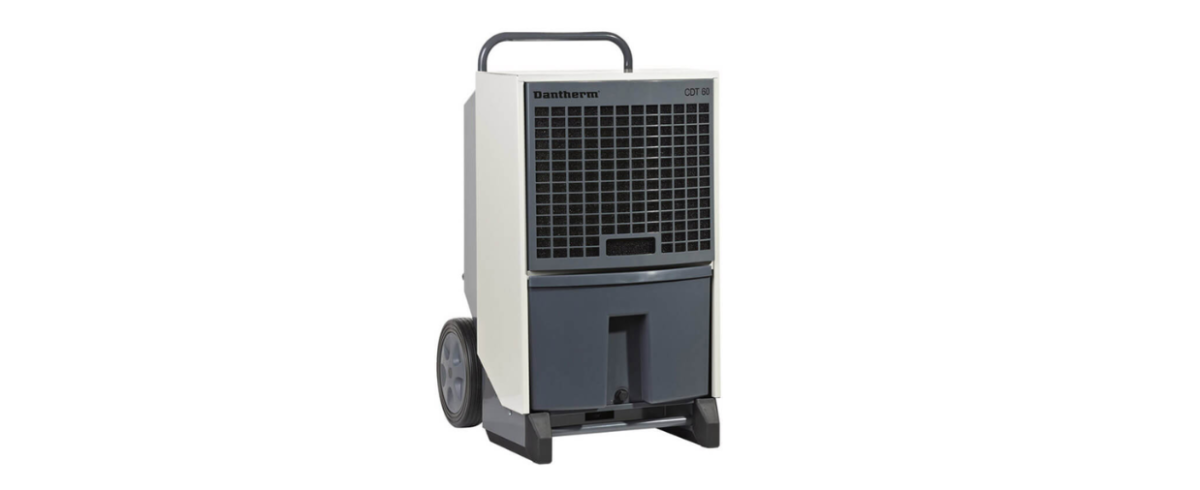Wheels of Change: Adapting to Shifts in the Auto Industry

The automotive industry, once defined by combustion engines and manual transmissions, is undergoing a profound transformation. From the advent of electric vehicles to the integration of advanced technologies like autonomous driving and connectivity, the landscape of transportation is evolving at an unprecedented pace.
In this era of rapid change, adaptation is the key to survival for manufacturers, suppliers, and consumers alike.
The Rise of Electric Vehicles: Revolutionizing Powertrain Technology
The rise of electric cars (EVs) in the auto sector is one of the biggest changes.
With concerns over climate change and emissions regulations tightening globally, automakers are investing heavily in electrification.
Companies such as Tesla, Rivian, and traditional giants like Ford and Volkswagen are rolling out electric models to meet consumer demand and regulatory requirements.
This shift not only alters the powertrain technology but also affects the entire automotive ecosystem, from battery manufacturing to charging infrastructure.
Furthermore, to prepare individuals for the future of transportation, partnerships with institutions like professional ABC Driving School can offer specialized training in navigating the complexities of autonomous vehicles.
Transforming Mobility: Ride-Sharing and Autonomous Driving
Moreover, the concept of mobility is undergoing a transformation. The rise of ride-sharing services, coupled with advancements in autonomous driving technology, is reshaping how people perceive and utilize transportation.
Companies like Uber, Lyft, and Waymo are pioneering autonomous vehicle technologies, promising safer and more efficient mobility solutions.
This evolution towards shared and autonomous mobility has implications not only for traditional automakers but also for urban planning and public policy.
Connectivity: The Backbone of Modern Vehicles
Furthermore, connectivity is becoming increasingly integral to the automotive experience.
Modern vehicles are equipped with a plethora of sensors and connected services that enable features such as remote diagnostics, over-the-air updates, and advanced driver assistance systems (ADAS).
The integration of artificial intelligence and machine learning allows vehicles to become more intelligent and responsive, enhancing safety and convenience for drivers and passengers.
In addition, advancements in connectivity and mobility solutions, such as seamless travel with taxis and Uber, are reshaping the way consumers experience transportation.
Adapting to Change: Strategies for Traditional Players
As the auto industry embraces these changes, traditional players must adapt or risk obsolescence.
Established automakers are forming strategic alliances, investing in research and development, and restructuring their operations to remain competitive in this new landscape.
Many are transitioning their production facilities to accommodate electric vehicle manufacturing, while also investing in software development and data analytics to capitalize on the growing importance of connectivity and autonomous technologies.
Meeting Consumer Expectations: Personalization and Sustainability
However, adaptation extends beyond manufacturing and technology—it also encompasses consumer behavior and preferences.
Today’s consumers are more environmentally conscious and technologically savvy than ever before.
They demand vehicles that are not only fuel-efficient and environmentally friendly but also equipped with the latest connectivity features and autonomous driving capabilities.
Automakers must anticipate and respond to these changing preferences by offering diverse product portfolios and personalized experiences.
Addressing Societal Challenges: Sustainability and Inclusivity
In addition to adapting to technological shifts, the auto industry must also address broader societal challenges, such as sustainability and inclusivity.
The transition to electric vehicles presents an opportunity to reduce greenhouse gas emissions and combat climate change, but it also raises concerns about the environmental impact of battery production and disposal.
Automakers are exploring alternative materials and manufacturing processes to minimize their ecological footprint while maximizing resource efficiency.
Promoting Equity in Technological Advancements
Furthermore, the industry must ensure that the benefits of technological advancements are accessible to all segments of society.
As autonomous vehicles become more prevalent, there are concerns about job displacement for drivers and the potential exacerbation of existing inequalities in access to transportation.
Policymakers and industry stakeholders must work together to address these challenges and ensure that the benefits of innovation are shared equitably.
Navigating Regulatory Landscape: Compliance and Innovation
As the automotive industry evolves, navigating the regulatory landscape becomes increasingly crucial.
With emissions regulations tightening globally and new standards emerging for safety and cybersecurity, automakers must ensure compliance while continuing to innovate.
Collaborating with regulators to establish clear guidelines and standards for emerging technologies like autonomous driving and electric vehicles is essential for fostering innovation while ensuring safety and environmental sustainability.
In conclusion, the auto industry is undergoing a profound transformation driven by electrification, connectivity, and autonomous technology.
To thrive in this rapidly changing landscape, stakeholders must embrace adaptation at every level—from manufacturing and technology to consumer preferences and societal challenges.
By anticipating and responding to these shifts, the industry can pave the way for a more sustainable, inclusive, and innovative future of transportation.











